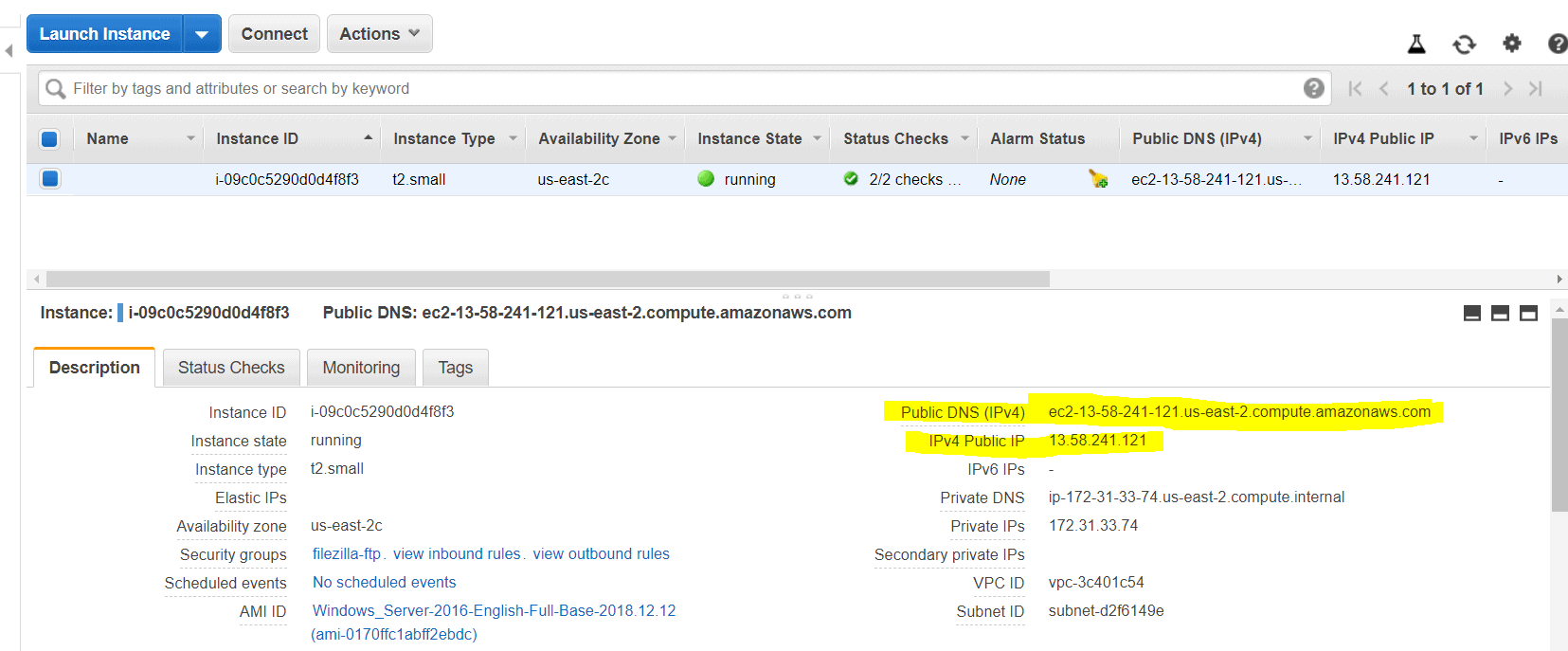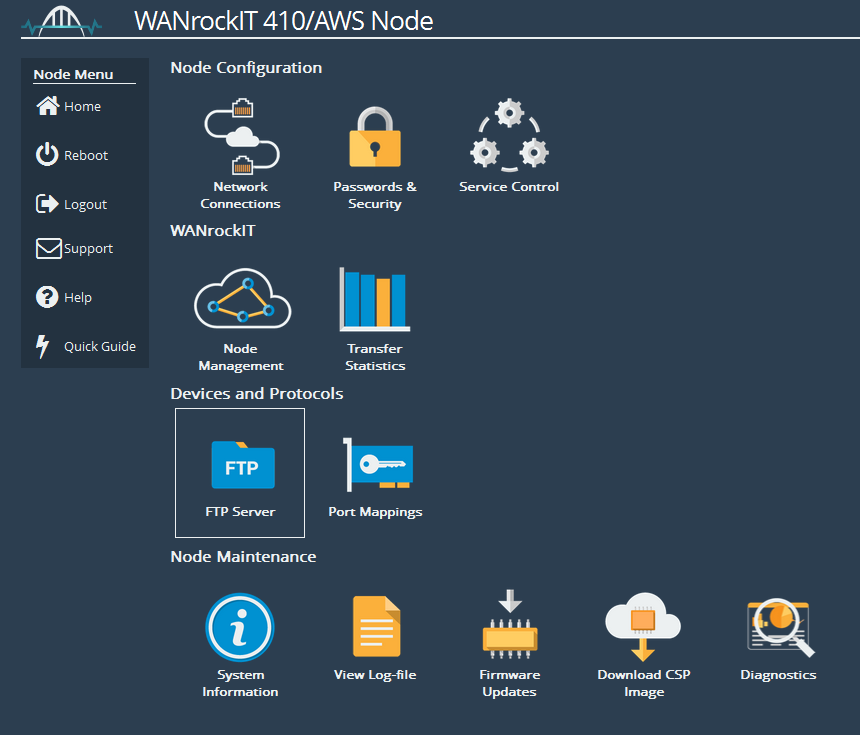

This VPC is where you host the AWS NLB with the Elastic IP address you want to front your server. When you create your server, you select the VPC you want to host it in. The Elastic IP address is hosted by the AWS NLB, which redirects inbound traffic to the internal IP representing an AWS Transfer Family server’s VPC hosted endpoint.įigure 1 – Configuring PASV for AWS Transfer Family servers in NAT architectures
Amazon aws ftp server software#
End users use FTPS client software to access the endpoint using the public Ipv4 Elastic IP address. In this architecture, the AWS NLB is being used simply to provide a single specific external IP for client access. The following diagram shows the key components that are used to host an AWS Transfer Family server endpoint in a common NAT scenario.
Amazon aws ftp server how to#
Finally, I walk through how to test that the architecture is functioning properly. Next, I walk through how to configure this architecture in detail.

To start off, I discuss the basics of our architecture based on a common deployment scenario. I also highlight a use case in which a customer hosts an AWS Transfer Family server endpoint with FTPS support behind an NLB. In this blog post, I show how to configure a PASV response using the new feature in an architecture that includes a NAT. This new feature allows customers to specify the external IP in the NAT relationship as the PASV response, which will broaden support for affected clients. In order to improve FTPS client software support for these architectures, AWS Transfer Family recently launched the ability to configure a PASV response address for an AWS Transfer server. As a result, my attempt to list the folder will fail. My client has no route to that internal network, and my connection times out. In the example, my AWS Transfer endpoint is able to be reached over the public internet via the NLB, and the PASV response directs data to the internal IPv4 address of the endpoint. An NLB is an AWS tool that distributes end-user traffic across multiple cloud resources. To demonstrate this type of error, I’ve provided an example of trying to list a folder via FTPS to a VPC hosted endpoint that is only accessible through a private IP fronted by an Elastic IP address attached to a Network Load Balancer (NLB) with the LFTP client. This means that the FTPS client software will successfully authenticate, but then be unable to exchange data with the server. Subsequent responses from the FTPS client software may attempt to direct data down the data path via this internal IP, which you are often unable to route. This response includes the internal IP behind which the AWS Transfer server is hosted. When a session is initiated in NAT architectures for FTPS, the initial response from the AWS Transfer Family server will contain a Passive IP (PASV) response. Second is when your Transfer Family endpoints are hosted on alternative internal IP addresses commonly used for VPN connections that span across VPCs or VPC connected on-premises environments. First is when your Transfer Family endpoints are hosted on internal IPs that NAT to an external IP. However, you may experience issues when using the FTPS protocol with NAT architecture in two common instances. With the SFTP protocols, there are generally no major issues with using NAT architectures and AWS Transfer Family server endpoints. One common reason to host the AWS Transfer endpoint behind a NAT is to protect the server with a firewall offered by an AWS Marketplace partner. AWS customers sometimes host AWS Transfer Family endpoints in network address translation (NAT) architectures.


 0 kommentar(er)
0 kommentar(er)
